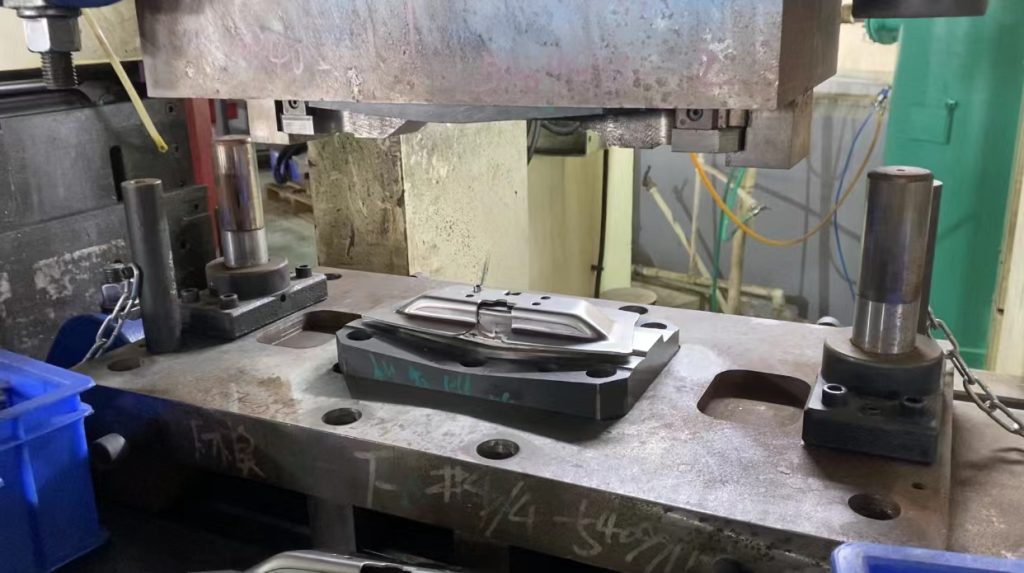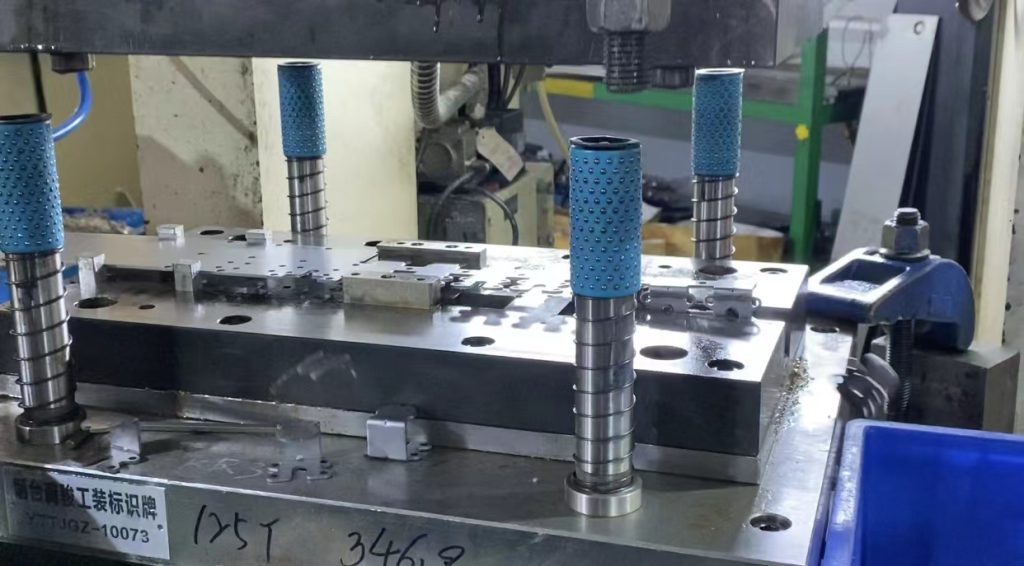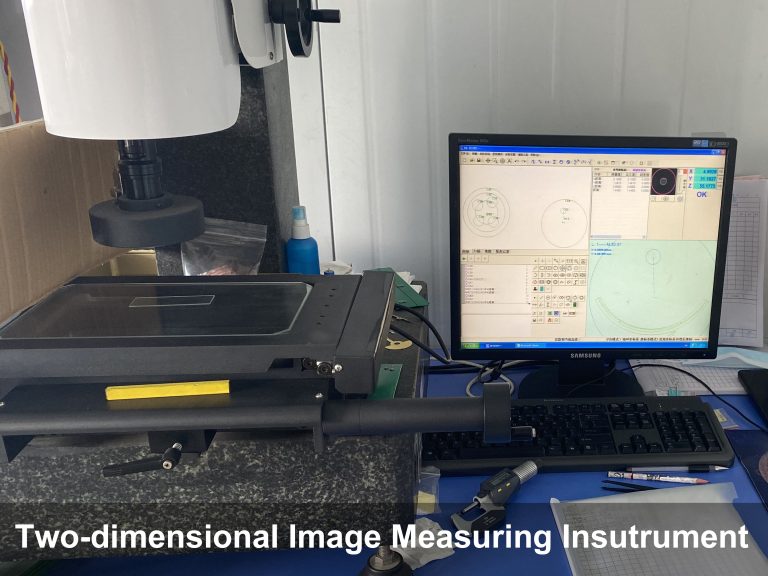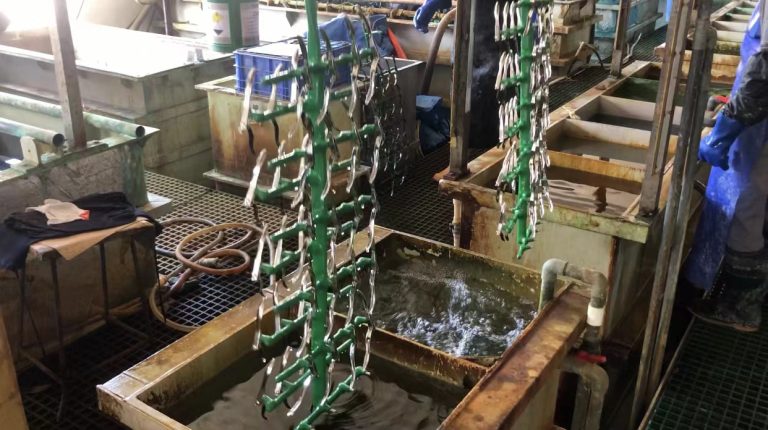difference between single die and progressive die stamping
Single die and progressive die are two common types of dies used in metalworking and stamping processes. The main difference between the two is the number of operations required to complete the production of a part.
Table of Contents
single die
A single die, as the name suggests, is a die that performs a single operation on a metal sheet or part. This means that each time the die is pressed onto the metal, only one operation is performed, such as cutting or bending. Single dies are often used for simple parts or low volume production runs, where cost-effectiveness is key. They are relatively easy to design, manufacture and operate, and they can produce accurate parts with consistent quality.
On the other hand, a progressive die is a die that performs multiple operations on a metal sheet or part in a single press stroke. Progressive dies can perform multiple cutting, bending, punching, and forming operations at once, allowing for the production of more complex parts with higher precision and accuracy. They are typically used for high volume production runs, where efficiency and productivity are critical. However, progressive dies require more complex design, manufacturing, and operation, which can make them more expensive and time-consuming to set up.

Progressive die
In a progressive die, the metal sheet or part is fed through the die one step at a time, and each step performs a different operation. As the part moves through the die, it is gradually transformed into the final shape, with each operation building on the previous one. This allows for greater accuracy, repeatability, and consistency, as well as reduced waste and increased productivity.
In summary, the main difference between single die and progressive die lies in the number of operations required to produce a part. Single dies are simpler and less expensive, but they can only perform one operation at a time, while progressive dies can perform multiple operations at once, making them more efficient and productive, but also more complex and costly to set up. Choosing between single die and progressive die depends on the production volume, complexity of the part, and cost-effectiveness considerations.



